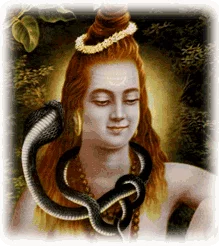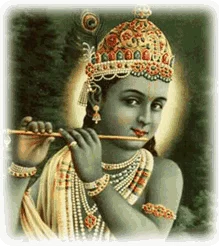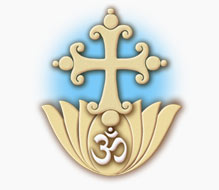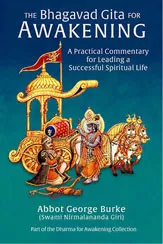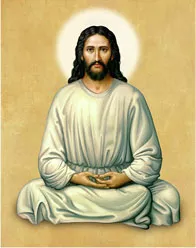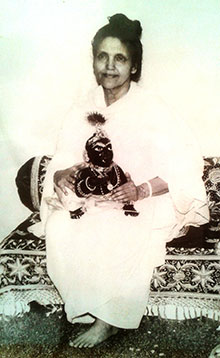 Q: Could you tell me the procedure to perform the standard Deity Puja as it is done in India?
Q: Could you tell me the procedure to perform the standard Deity Puja as it is done in India?
I can tell you something much better than that. I will tell you how Ma Anandamayi told me to do puja.
During a conversation with Ma I asked her if the basic form of doing puja by making offerings with simple mantras was suitable for use in our ashram. To my surprise she told me that there was no need for mantras at all. She was very insistent about this.
She told me that she had long ago instructed the way puja should be done, but after a while all the Anandamayi ashrams (and the individual devotees, apparently) had abandoned that way and taken up the usual puja rituals. When I asked that she tell me the way she preferred worship to be done, she gave me these very simple but wonderful instructions:
Ma’s instruction on puja
- Prepare the offerings and keep them to the side.
- Take the first offering, place it before the deity and bow.
- Close your eyes and imagine the deity present before you in a living form and visualize yourself offering the same thing to the deity. Your mental offering(s) can be as simple or elaborate as you like. Then bow again.
- Put the offering to the side by the deity.
- Place the next offering before the deity, bow, visualize yourself making the offering(s) in the same way, bow and and continue in the same manner with the other offerings.
- After the final bow before the deity you are done.
The real puja, Ma said, is the mental puja, though material offerings are made. Otherwise, without the inner puja, it is not puja at all but just playing with dolls. She was very insistent about this.


